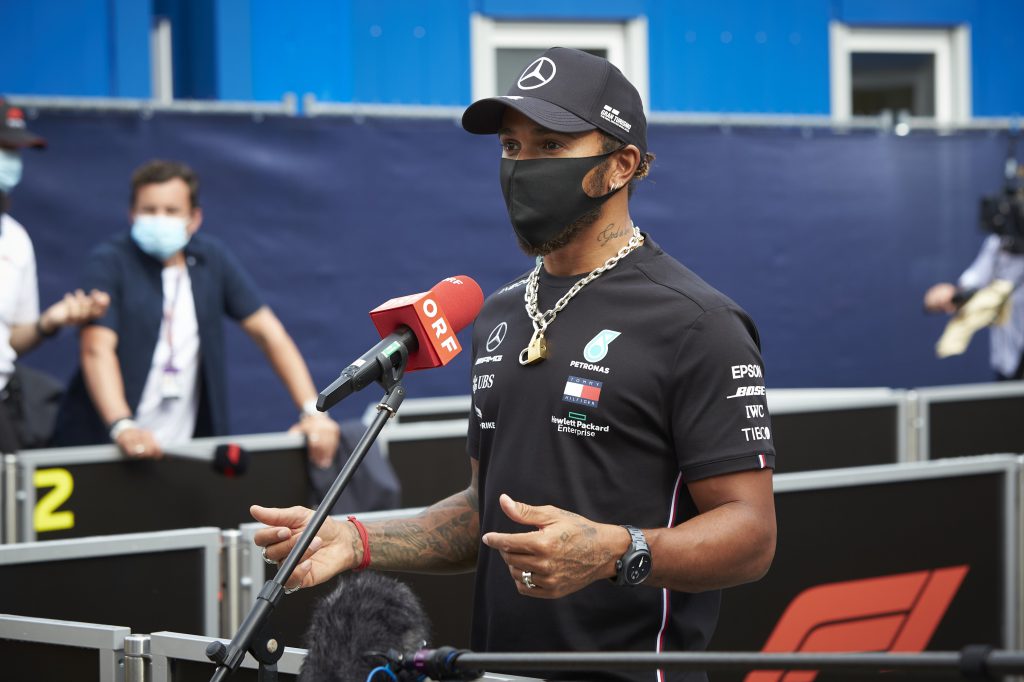Up Next

Lewis Hamilton has inspired many with his comments and actions in support of racial equality in recent weeks. He has also alienated and frustrated others.
But as the Formula 1 season finally returns on-track this week, there will be a consistent and vivid reminder that this major off-track topic is not going to disappear.
Mercedes’ change to a black livery means every time Hamilton and Valtteri Bottas are on-track, from first practice today, there will be an opportunity for someone, somewhere, to have a conversation about racism.
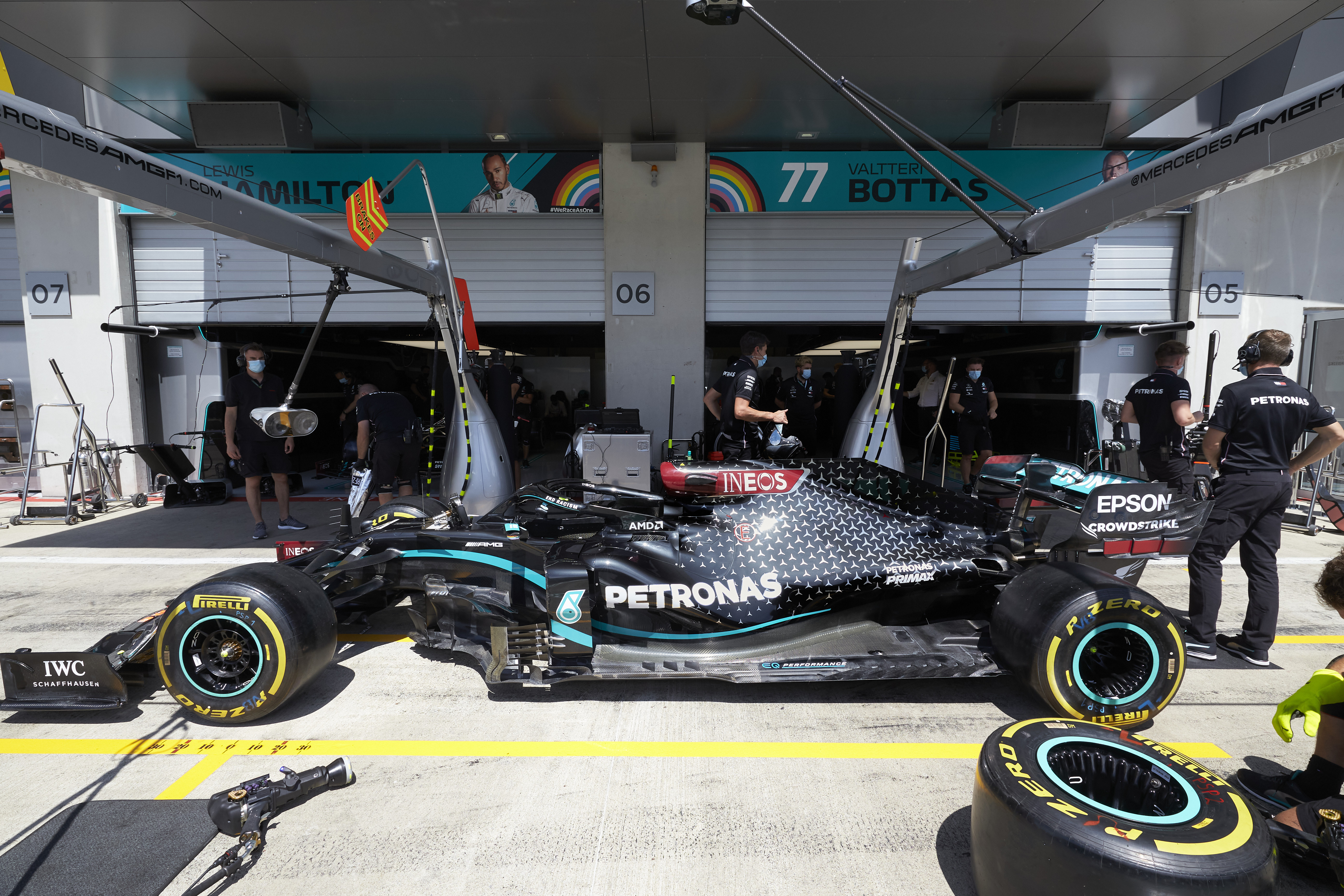
The new livery is part of sweeping efforts, led or at least instigated by Hamilton, for F1 to help encourage a fairer, more equal society and, in turn, improve diversity in the championship.
Yet this has left many annoyed or disaffected – some angry at Hamilton and F1, some confused about why it’s even necessary, some incensed by a non-racing issue being forced in front of them.
It’s inevitable people get defensive or irate over such a complex issue that spans countries and centuries, is muddied by history being written from the perspective of the ‘winner’, and has been ignited again at a time when obfuscating reality to the public is crucial for some people in power protecting selfish agendas.
That makes it all the more important to cut through the myths and the misunderstanding, something that’s not easy to do in an age of social media soundbites.
But leaving the conversation in an echo chamber accomplishes little. So let’s look at the main contentions with the explosion of racial conversation in F1, and examine where those arguments fall down.
‘Hamilton’s jumping on a bandwagon’
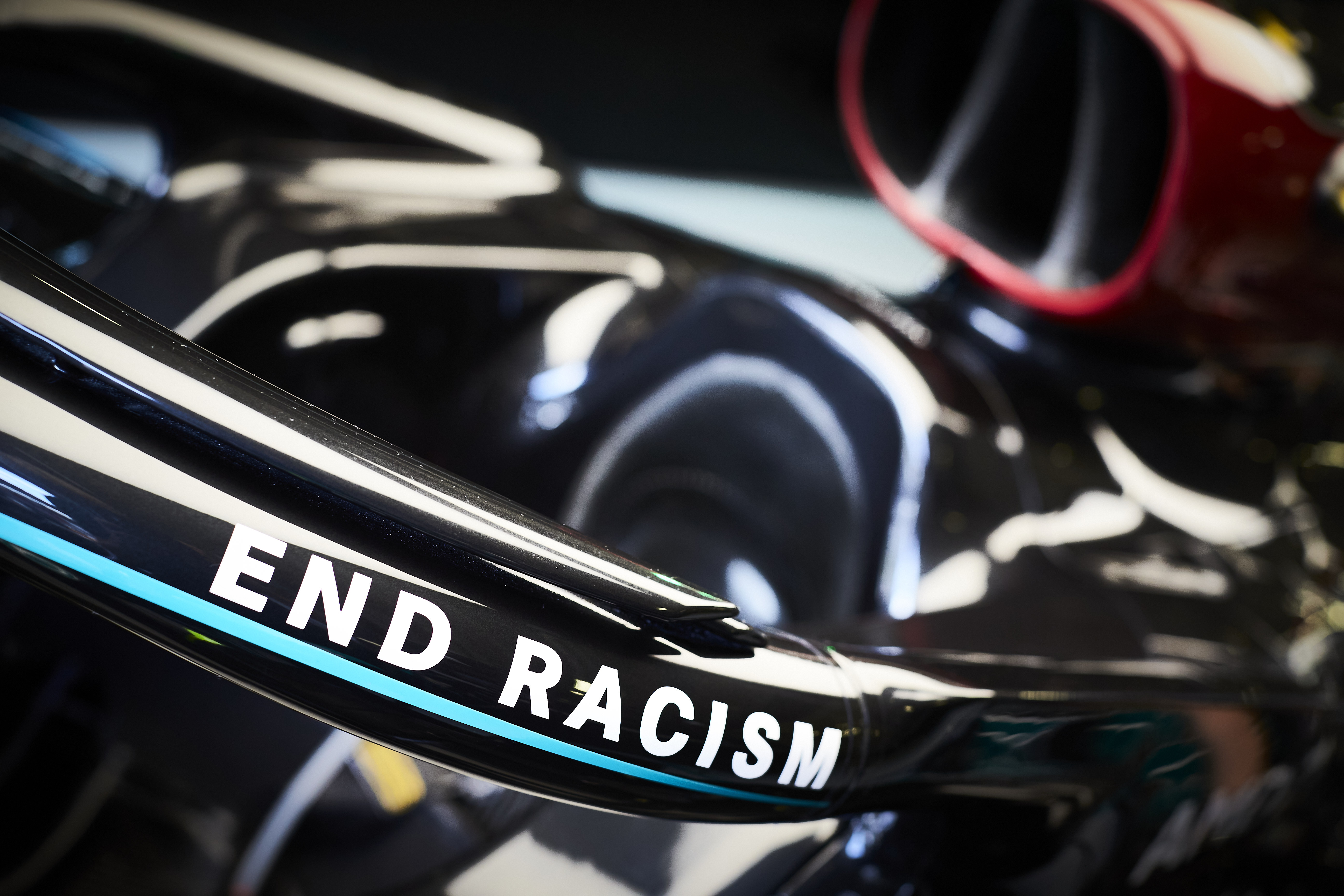
Unfortunately, many of us are often oblivious to events outside our own bubbles. Hamilton is not a civil rights campaigner and even over the last few weeks it would be generous to say he is a front-line activist.
But there’s a difference between jumping on a bandwagon and having the time, awareness and willingness to engage in an important issue.
If Hamilton’s only now feeling comfortable enough to talk about it, and how it affected him, then that happens on his terms – not others’
Many of us have needed the last few weeks, however uncomfortable, to be made aware of our own ignorance to racism and even of how we are complicit in sustaining it.
George Floyd’s killing reignited a massive, worldwide movement. It thrust racism into the public conscience. Hamilton’s too. He joined the cause and used his massive platform to support it.
“I’ve got a platform and I think it would be irresponsible for me not to utilise that to help educate people, to educate myself, and really push for accountability within all the brands that I work with, and within the industry that I work with,” Hamilton says.
“This is not an issue that’s only just come about. I’ve experienced this my entire life, my whole racing career.
“When this all kicked off, it really struck a nerve and a chord and brought a lot of emotion up from my personal experiences and standing alone generally, which was the feeling for a long, long time within this sport.”
Quite rightly, he views sitting silently to the side as not an option. It’s a sentiment Renault driver Daniel Ricciardo has also eloquently shared: it’s not enough to consider yourself ‘not part of the problem’.
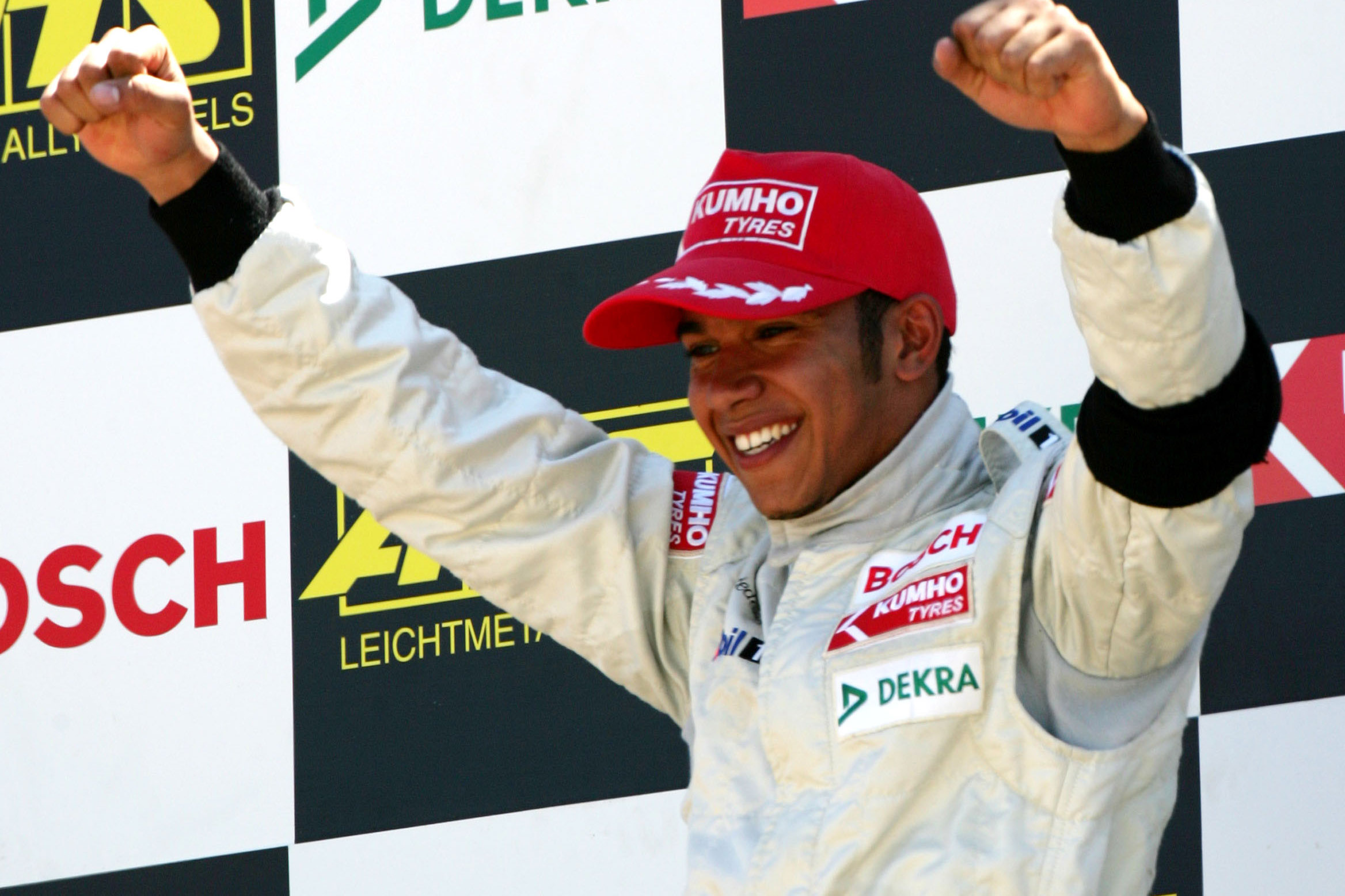
As for Hamilton’s references to his own issues with discrimination: the implication he’s making it up to be a part of the current narrative is twisted. It’s a form of victim shaming.
There’s a video of a young Hamilton, just a kid, talking about being picked on for being black. Surely we’ve all seen the awful images of ‘fans’ in Spain wearing blackface and T-shirts that read ‘Hamilton’s family’?
How much evidence of such cruelty do people need before the authenticity of Hamilton’s own struggles stops being questioned?
The answer should be ‘none’. This sort of issue is a deeply personal one. If he’s only now feeling comfortable enough to talk about it, and how it affected him, then that happens on his terms – not others’.
‘F1’s doesn’t have a diversity problem’
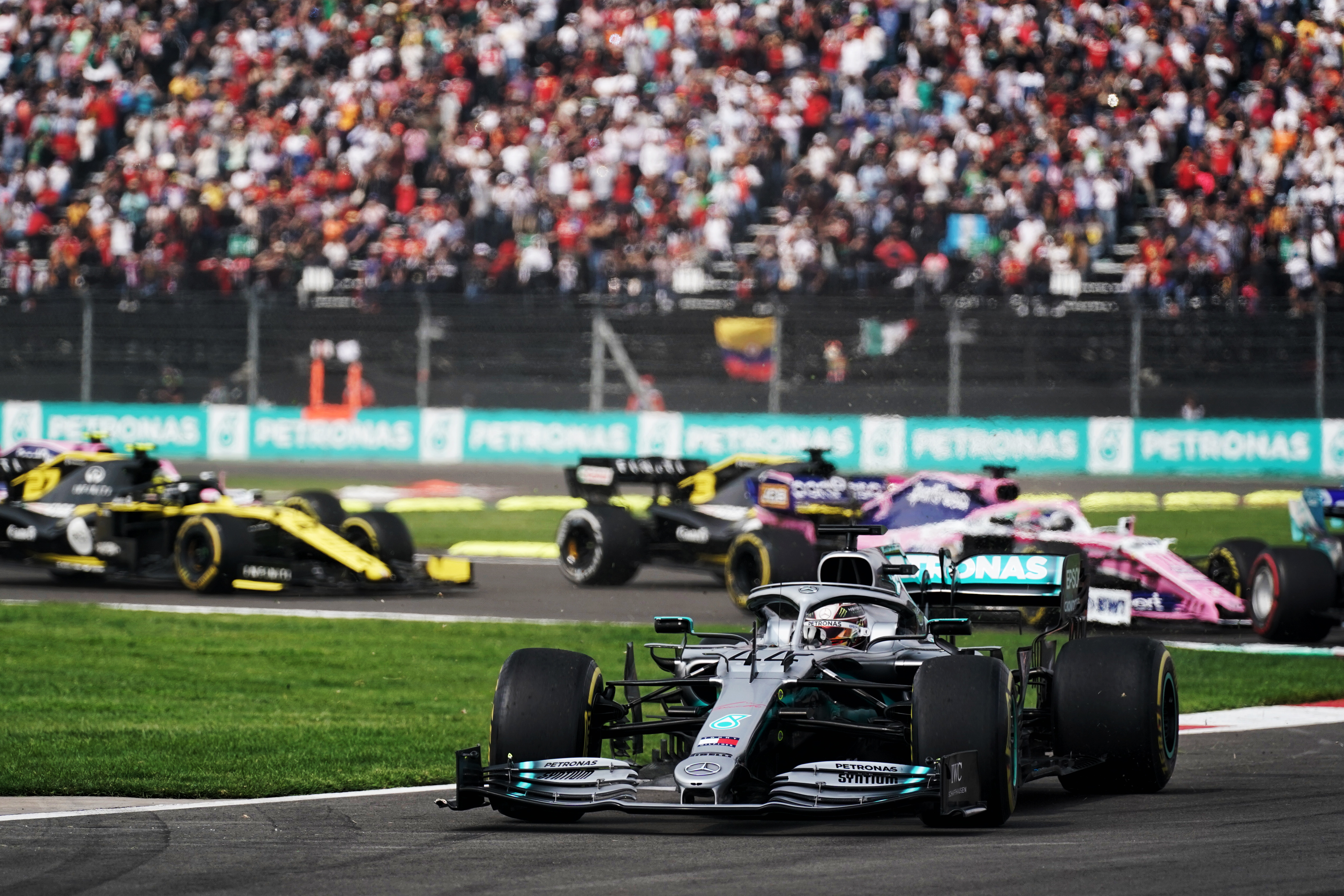
This has been one of the most common responses. The argument is that F1 is a meritocracy and the best get in.
But a lack of diversity can be a consequence of less overt racism – the sort that impacts society, which in turn impacts F1. So it’s not to say F1 is racist. But it doesn’t need to have an explicit ‘whites only’ policy to be exclusive.
It’s 13 years since Hamilton got to F1, 12 years since he became the best driver in the world. There’s no greater opportunity for a role model and inspiration for aspiring black drivers.
No other black drivers have made it to F1. How many can you name that even got as far as Formula 3?
It’s similar on the mechanics and engineering side. There is an enormous majority of white personnel in the paddock.
F1’s not got a bouncer at the paddock gate turning minorities away. But that doesn’t mean it doesn’t have a diversity problem
So, if we subscribe to the ‘only the best get in’ argument, are we not saying that means that white men are the best?
There’s no evidence that the hiring practices of teams are fundamentally racist, or that they are turning away BAME candidates at the door.
But some internal reviews will probably uncover some ways in which teams could broaden their reach.
The truth is that even if F1 is only picking the best candidates, but only of those that actually had the chance to get there.
Lower average income for poorly represented groups means opportunities may not be there for black children the same way they are white children – whether that’s going karting as a kid, competing internationally/moving into cars, or on the engineering side going to university.
F1’s not got a bouncer at the paddock gate turning minorities away. But that doesn’t mean it doesn’t have a diversity problem.
If you truly believe F1 is just a place for the best, you need to support a push to make sure the best can actually get there.
That’s why F1 is launching a foundation that will primarily fund scholarships and apprenticeships for underrepresented groups – something Hamilton applauds.
“There’s so many great jobs here, there’s so many opportunities, but none so far, or very, very few opportunities, have been shown to minorities,” says Hamilton.
“We really do have to push and more needs to be done, but it is a starting point.
“And I won’t stop pushing until we really see change. Seeing one person of colour added to the paddock is not diversity.”
‘Hamilton’s a hypocrite because of Daimler’s Nazi past’
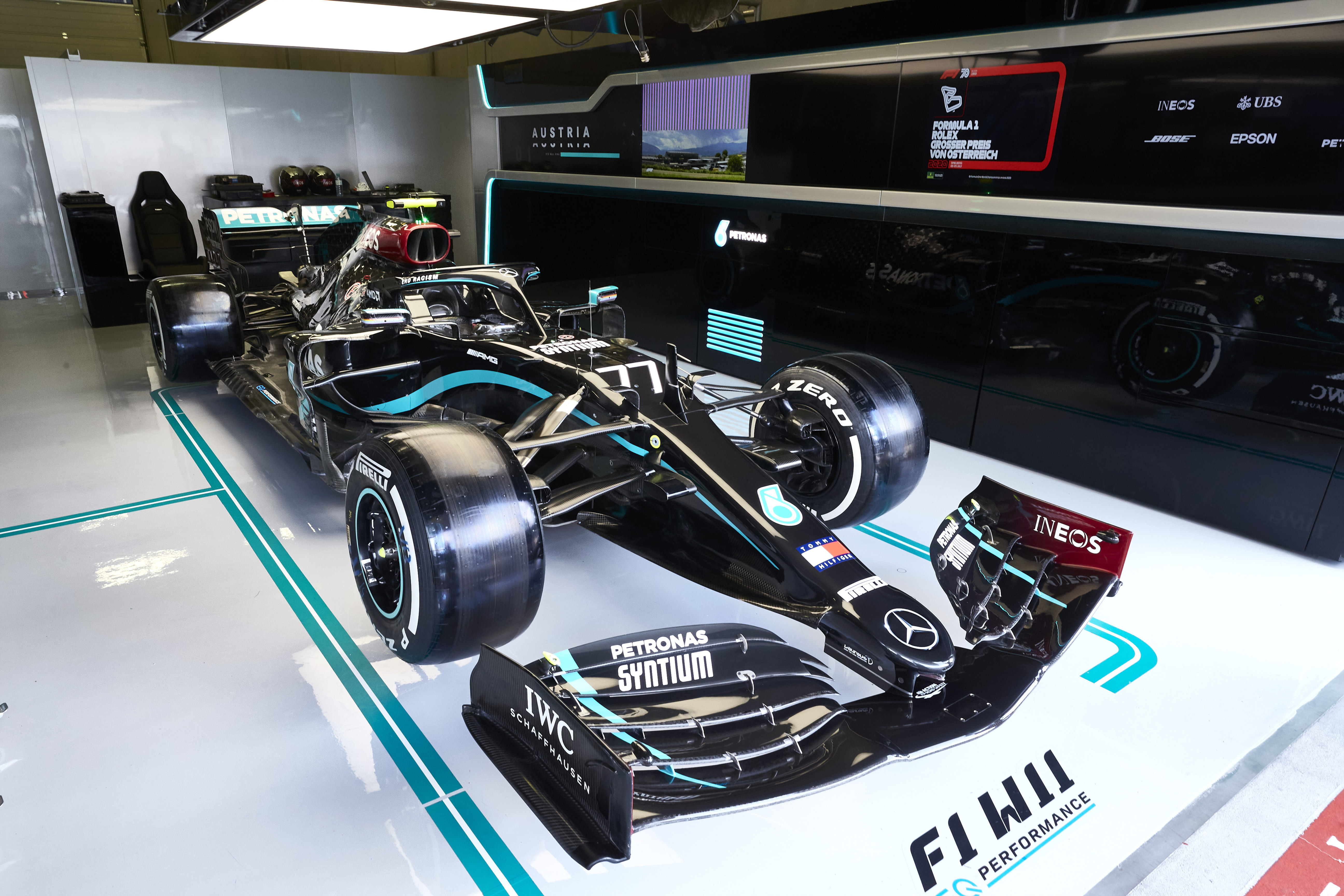
This argument seems to apply to two scenarios.
First it’s a generic accusation, that Hamilton is not allowed to discuss the issue because of the historic links his employer has to Nazi rule.
Then there’s the more specific argument, which is that Hamilton cannot advocate the removal of slaver statues on the grounds it glorifies the worst part of that person’s activities, when he is picking and choosing elements of his employer’s history to airbrush.
Neither of these arguments holds water.
First of all Mercedes is no reflection of the values of the Nazi Party it supplied armament items to in the 1930s and early ‘40s.
Daimler-Benz doesn’t try to hide that part of its history, or that it made money from it. But after the war it became involved in the initiative to provide compensation and aid to those who were subjected to forced labour.
“We need to be a part of wanting to change, analysing ourselves and seeing what we can do better within our team” :: Lewis Hamilton
Whatever the reasons, the wrongs were acknowledged. The modern-day Mercedes that Hamilton represents is not a nod to the Nazis.
That is different to a statue of a slave trader that offers no context of the human cruelty they engaged in. It’s too easy to say ‘he’s dead, he can’t change’ – the city or area celebrating him can.
Putting a slave trader in a public place and not even acknowledging that part of their history is deliberately overlooking a very important part of the country’s role in slavery and systemic racial inequality.
Still We Rise. ✊ @LewisHamilton's 2020 helmet explained by the man himself! 👇 pic.twitter.com/xYup0Wk7P7
— Mercedes-AMG PETRONAS F1 Team (@MercedesAMGF1) July 2, 2020
But Hamilton is also aware that he has a role to play with his employer, too. He’s not stood by and portrayed Mercedes and Daimler as a modern-day symbol of perfection. But he recognises there is the right attitude within the company, and that’s important.
“I’ve been in a lot of discussions with Toto [Wolff] and everyone at the team, with the board members at Daimler, people within the marketing office, just to talk about our plan and how we need to educate ourselves and how we need to be a part of this movement,” says Hamilton.
“We need to be a part of wanting to change, analysing ourselves and seeing what we can do better within our team, both at Daimler but also back at the F1 team.”
‘F1 shouldn’t be getting involved with politics’
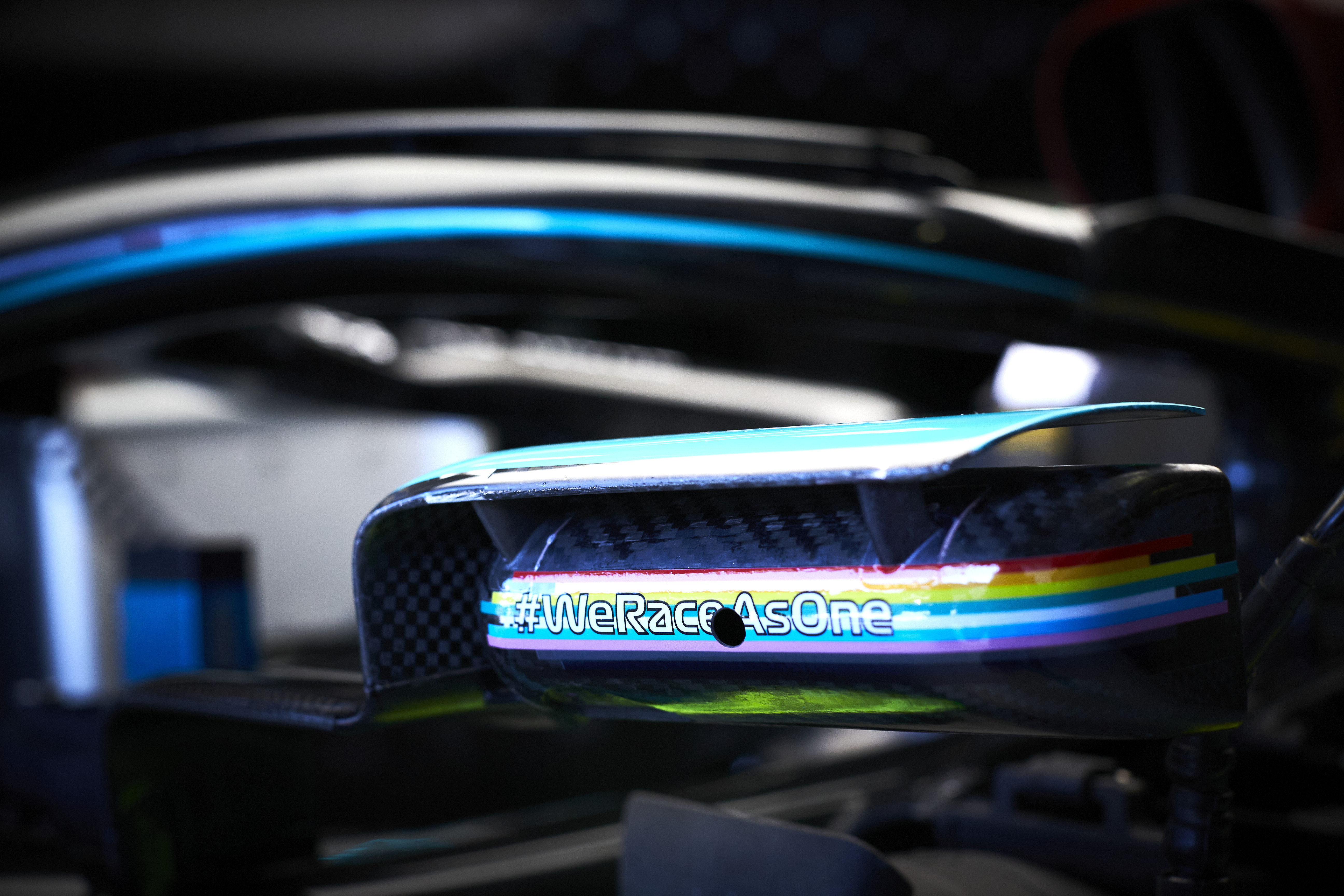
Unfortunately, this is nonsense. Edd Straw argued for the crossover of sport and politics very well in a standalone column, so it will not be dwelled on for too long here.
Suffice it to say in this context that F1 has a massive audience in many countries. Anything it can do to spread a message of equality, it should.
Because while Black Lives Matter exists as an organisation – and there are those who think Hamilton is wrong to align himself with the supposed aims of that organisation – we should not forget it is a message above all else.
As the Premier League footballer Andros Townsend said after the English league replaced player names with Black Lives Matter for the opening weekend of games following the coronavirus restart: “We were never part of a political organisation or the organisation Black Lives Matter.
“It was a phrase coined to say we want a black life to matter just as much as any other race.”
The bottom line is being anti-racist is not a political stance. It’s a show of human decency.
“We are all the same race,” says Hamilton. “While the perception is that we’re divided by colour, and by religion, and all these different things, we’re the same race.
“But it’s not reflected in our society and how people are treated.”
‘Prioritising black people isn’t equality, all lives matter’
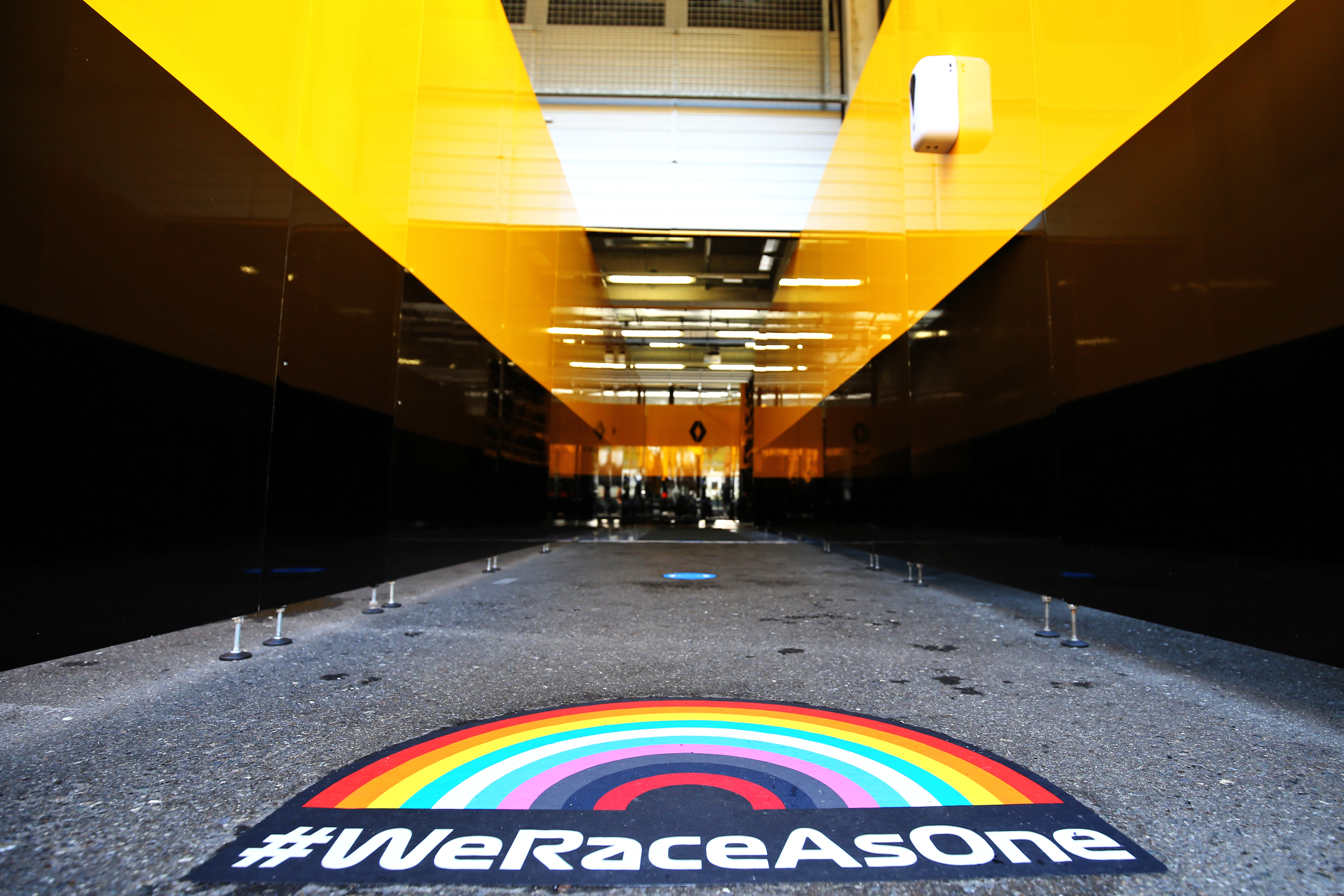
Earlier this week the FIA made a financial pledge to the Paris Brain Institute, to study the impact of COVID-19 on the nervous system.
Don’t all brains matter, not just those affected by coronavirus?
That is not a sensible position to take, and of course, it’s not a sentiment this writer actually believes in.
In this example investing money into exploring the potential neurological and psychiatric impacts of a viral pandemic has immense value because it identifies a problem and commits resource to trying to help it.
If a house is on fire, the fire brigade doesn’t spray water on the whole street because ‘all houses matter’
The same goes for anti-racism and the Black Lives Matter message. It is not a declaration that other lives matter less, or don’t matter at all. It urges people to care about black lives because, ashamedly, those lives are vulnerable and mistreated in many ways.
A common analogy is a simple but good one. If a house is on fire, the fire brigade doesn’t spray water on the whole street because ‘all houses matter’. They focus on the house that’s on fire, because that’s the one that needs help.
None of this means that F1 teams should stop hiring white people and only hire people from currently underrepresented groups: although there are good arguments to be made for proposals that are fundamentally affirmative action.
‘Why isn’t Hamilton championing other causes?’
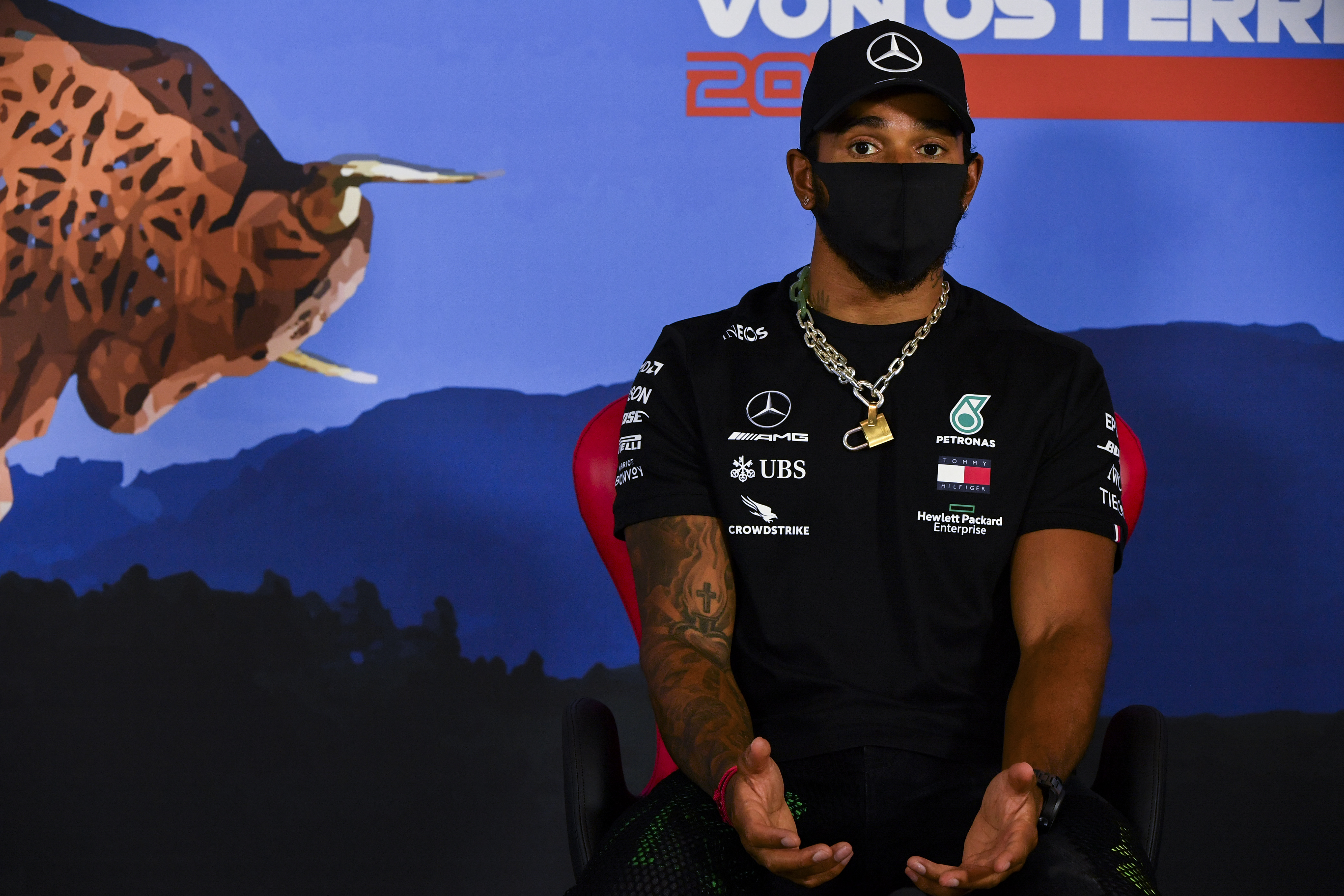
The obvious answer here is to borrow from the line above that Hamilton is prioritising an issue in need of help, but that doesn’t mean other causes aren’t worthwhile.
Unfortunately, it is simply impossible to champion every cause all of the time. Criticising Hamilton for not taking a stand on Israel/Palestine, or human rights abuse in Asia, for example – that’s wrong on two levels.
First, it’s ‘whataboutery’. Imagine someone campaigning for breast cancer awareness, then someone criticising them for not raising money for motor neurone disease.
Would that not seem utterly misplaced? Does that not mean that to campaign for one thing you must campaign for all things – otherwise stay silent?
This is linked to the second point: virtuous action against every crime, atrocity or inequality in the world is an impossible standard to hold anyone to. But if the responsibility of addressing those inequalities is divided up among those who can tackle them most effectively, collectively we can make a difference in many areas.
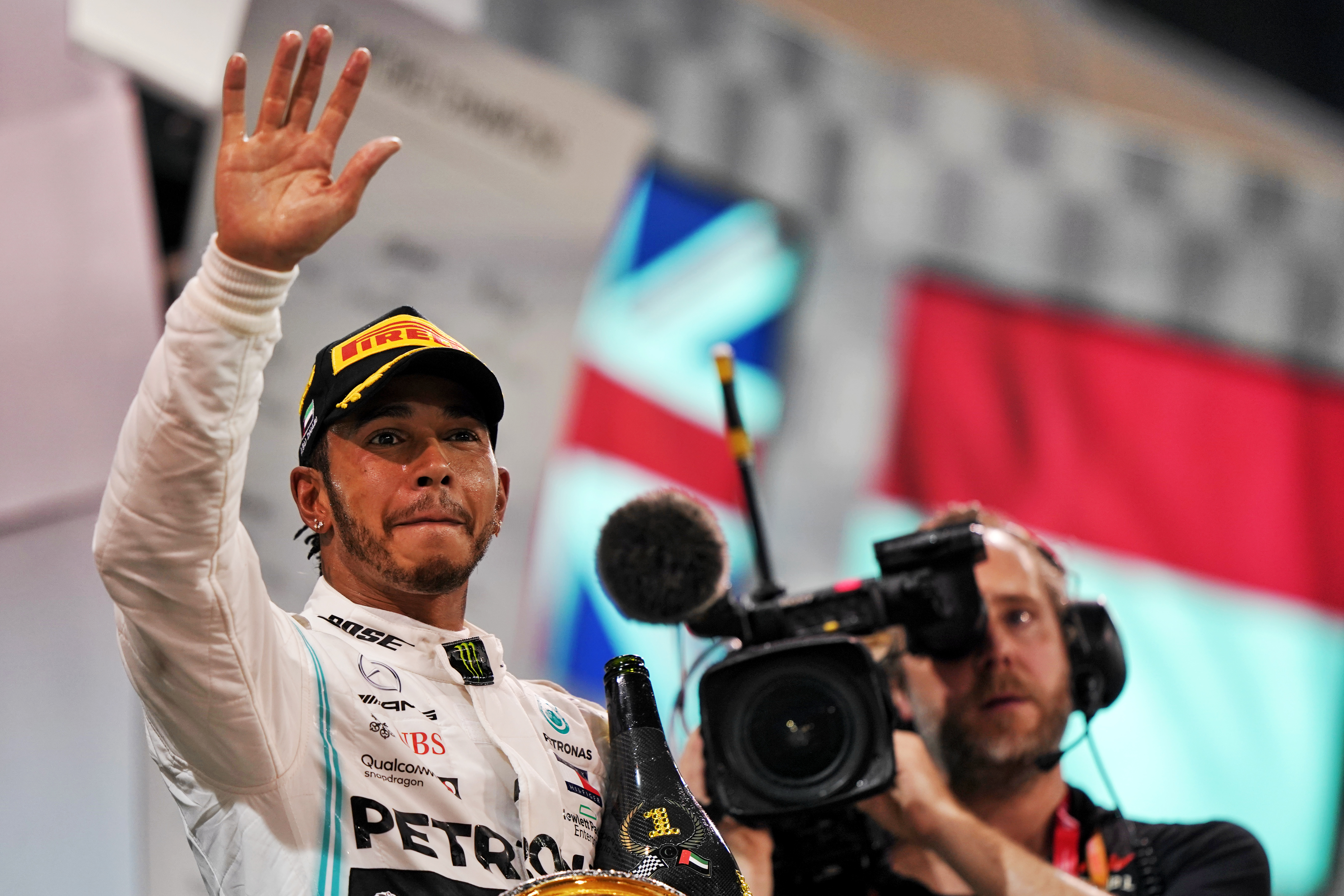
Hamilton is a black man, the only black driver in F1 history, who competes in a sport dominated by white people. The issue of racial equality and diversity is directly tied to him and his participation in racing.
“Obviously, there’s so many problems, but one that has been really close to my heart has been on diversity and anti racism,” he says.
Therefore he can have a powerful impact with this particular cause.
That doesn’t mean he can’t or shouldn’t champion others. But to avoid it simply being virtue signalling it needs to be a sincere message supported by action.
‘This is just virtue signalling’
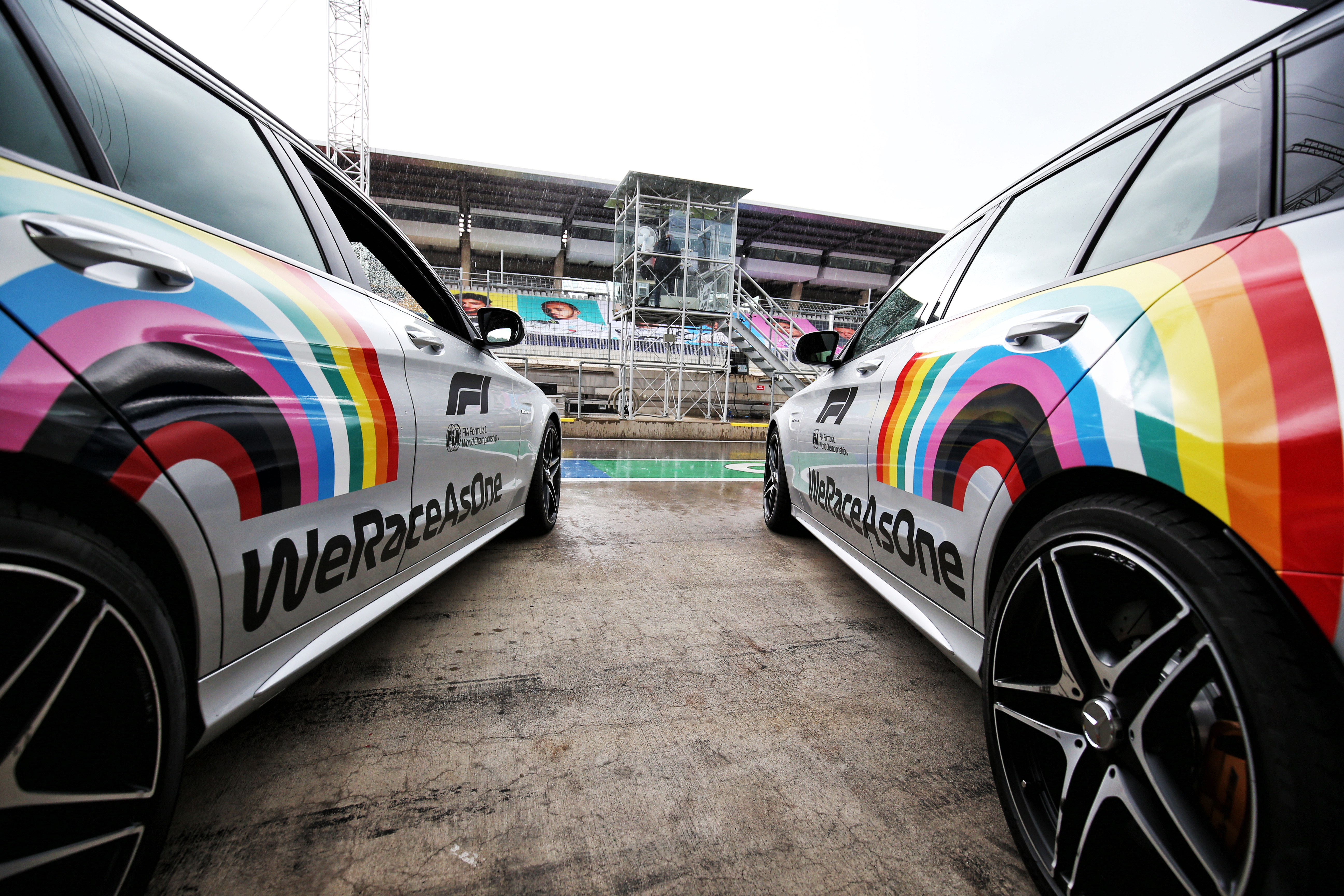
Hamilton and F1 are taking action to support their words. If it was just virtue signalling then they would consider some social media messaging to be enough.
Hamilton joined a protest in London and has launched The Hamilton Commission, a research initiative in partnership with The Royal Academy of Engineering to identify ways in which motorsport can be used to create opportunities for young black students, and eventually improve F1’s diversity.
His direct action in the first place, calling out the industry for its silence, led to many other drivers issuing their own impassioned anti-racism messages and question their own ignorance to the issue.
“You don’t understand when you’re young, why things are thrown at you, why things have been shouted at you” :: Lewis Hamilton
It prodded F1 into taking the very strong action of launching a diversity taskforce and setting up a foundation to create, primarily, apprenticeships and scholarships for underrepresented groups – backed by $1million of F1 CEO Chase Carey’s own money.
And Mercedes has swapped its traditional silver livery for a black one, a very strong message on a visual level and one that can be retold every time its cars are on track.
These are not meaningless messages to show the world these people are morally correct. They are actions that can combine to create meaningful, sustainable change. And they are rooted in a very personal connection to the issue.
“You don’t understand when you’re young, why things are thrown at you, why things have been shouted at you,” says Hamilton.
“So when this whole thing kicked off, I was like, ‘OK, I’ve got to come out and help support people’, because I know what it’s like to struggle.
“I know what it’s like to be in that position. And I want to be a part of the change, I want to be a part of the solution.”
He was asked in a Daimler video published this week what his dream is – a reference to Dr Martin Luther King’s famous speech during the height of his civil rights activism.
Hamilton’s answer laid bare the magnitude of the task at hand. It is anything but virtue signalling. It is a commitment to lasting transformation.
“Unfortunately, for us, our generation, for our parents generation is unlikely there’s going to be huge change, but it’s for our children and our children’s children,” says Hamilton.
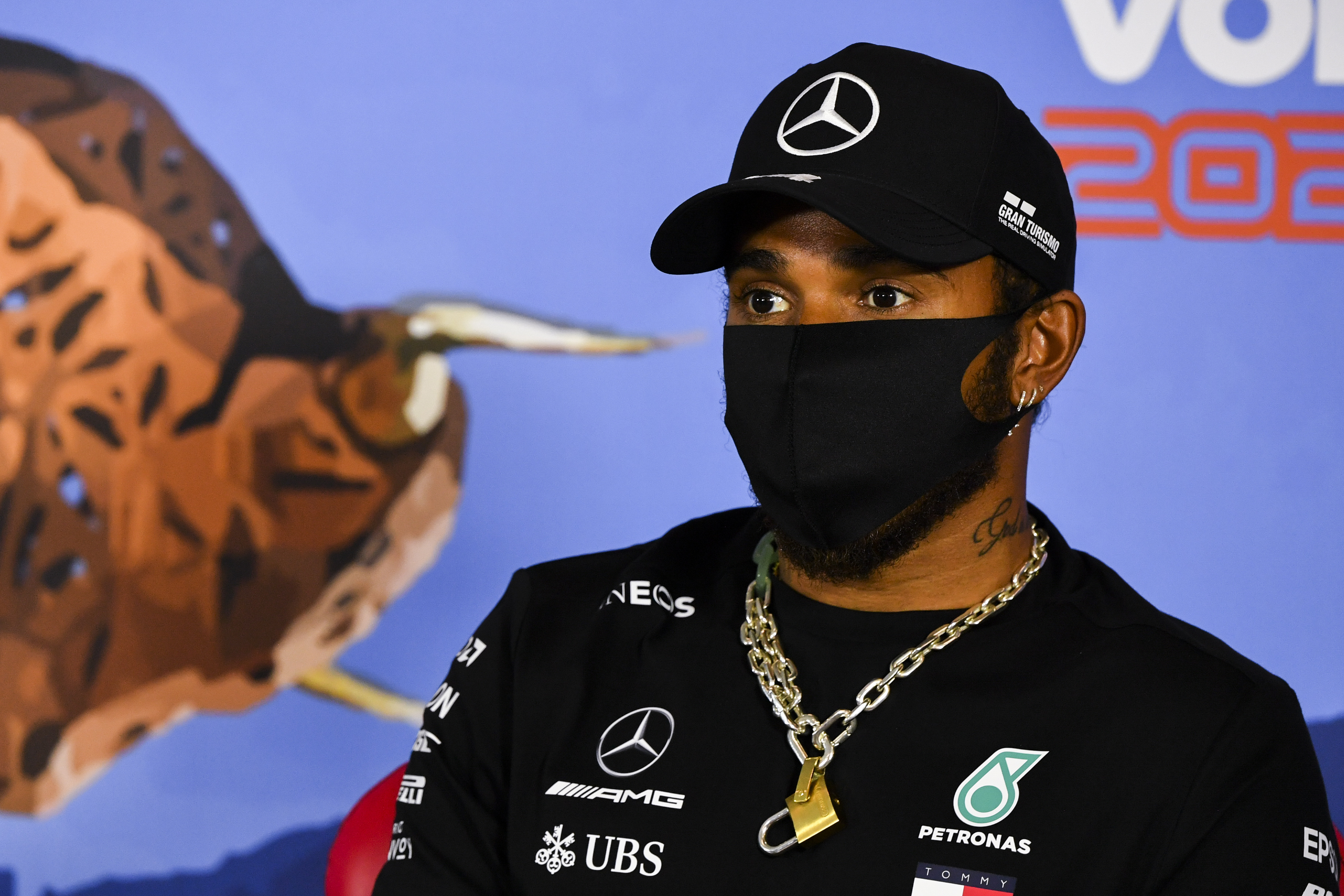
“And that’s what we’ve got to be a part of shifting so that they can live in a better time where there is equality.
“I think that’s just going to create a much better environment a better place to live.
“So that’s my dream. I mean, geez, imagine a young kid of the same colour as me going to a school and not having to experience the injustice that I’ve experienced and many other people have experienced…
“I think that’s the dream.”
‘He’s shamed others into action they don’t believe in’
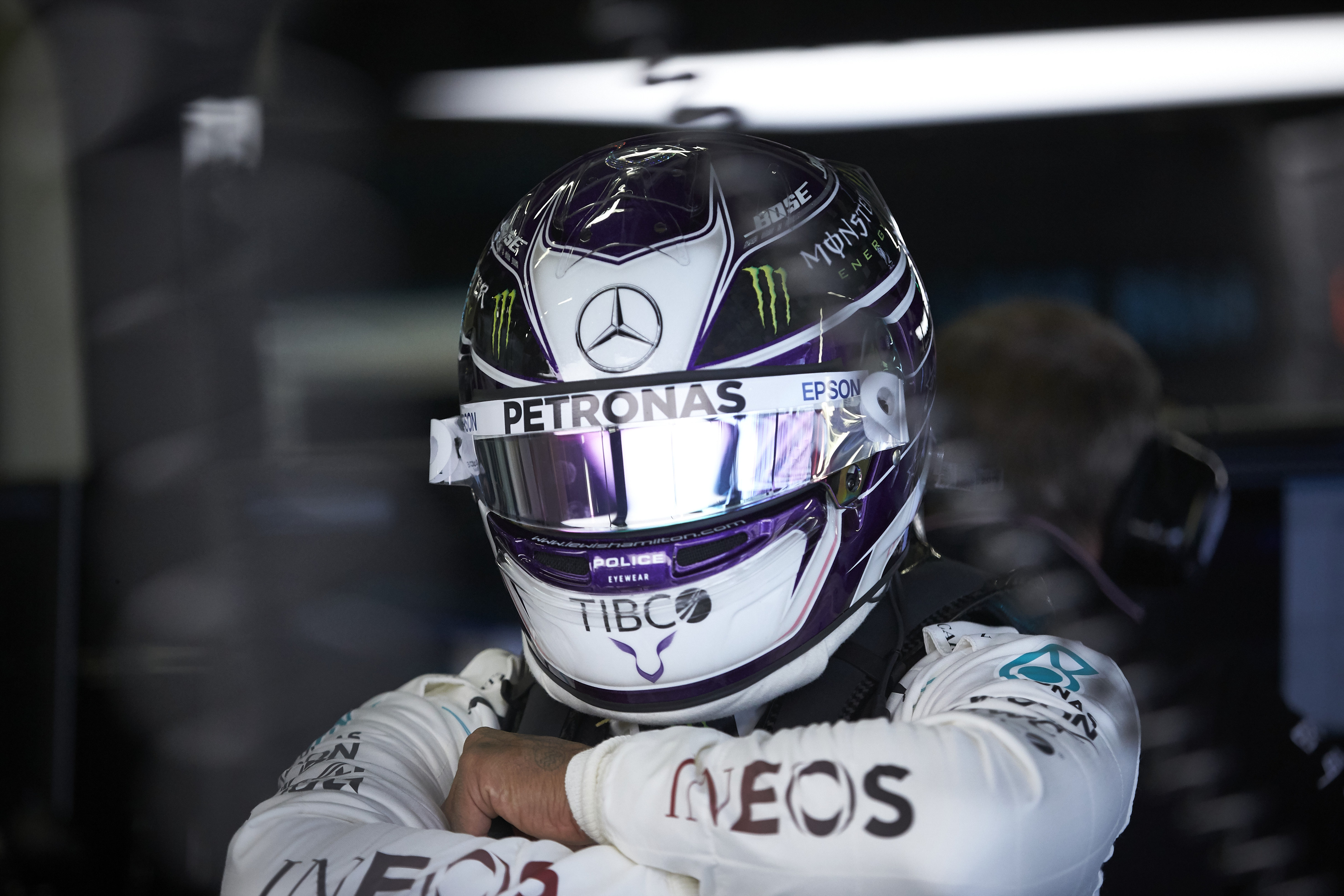
There is an argument that Hamilton’s action railroaded his fellow drivers, his team and his entire championship to make a public comment they don’t believe in, because they were being shamed into action.
But this was not about shaming people, it was about calling on them to play their part. As Lando Norris admitted after the first tranche of messages – it’s not easy as a white, privileged person to know what you could or should say on racism.
Hamilton, uncomfortably or not, empowered others to speak up.
“People perceived that I was targeting drivers,” says Hamilton. “I really wasn’t. It was targeted at the whole industry.
“It’s been something I’ve been aware of for a long, long time, and not really seeing anyone doing anything about it. In today’s world where we all have a platform to be able to utilise our voice, we all have these followings, our voices are very powerful.
“And if you’re not a part of trying to encourage people to get out there and understand what this situation is, and why we’re in this situation, then for me that’s frustrating.
“People being silent is something that I’ve experienced for such a long time. And now is not the time to be silent.
“This is a time to help spread the message, this is the time to pull together. We need as many voices as we can to help push for change.”
New diary entry. #BLM pic.twitter.com/6MU9VEIMbb
— Daniel Ricciardo (@danielricciardo) July 2, 2020
It does a great disservice to the F1 drivers, teams and personnel who have been vocal or active in the campaign for racial equality to suggest Hamilton has shamed them into something they don’t actually believe in.
Hamilton has been vocally supportive of the effort put in by F1 and his own Mercedes team, plus Daimler as a company.
These people have pushed into action by Hamilton, certainly. But he’s not forced anybody to anything that isn’t considered right, or worthwhile, by those involved.
‘This will fade when F1 stops caring’
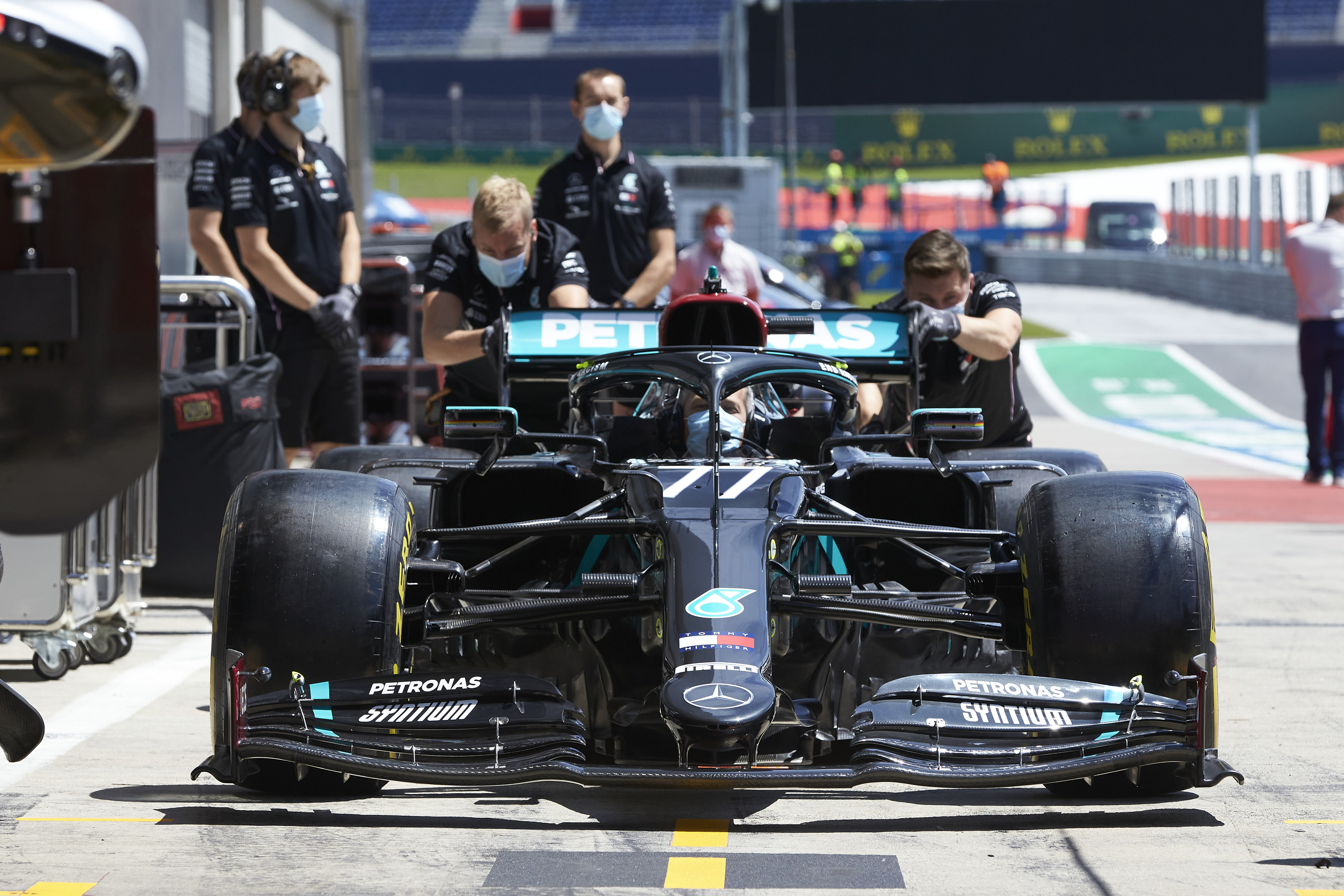
The Race asked Hamilton on Thursday, ahead of this weekend’s grand prix, whether he was satisfied with the response to his call for accountability from F1, and if he thought it was sustainable.
In a long answer, Hamilton said “it’s positive to see that people are reacting and I do want to see more people be more proactive” and that “Formula 1 have been great – I spent a lot of time on the phone with them doing Zoom calls talking about their plans and how we can move forwards united”.
He returned to the question in another answer, where he added: “It has to be [sustainable]. And this is the whole point of me mentioning it.
“It’s not enough to just take a moment and post Blackout Tuesday, or whatever it may be, and then go back to your regular lives.
“I do think it’s sustainable, if we all stay on it” :: Lewis Hamilton
“It has to continue, we have to stay on it, black people don’t have the privilege of being able to take a moment out.
“It’s something we have to stay on top of, the industry has to stay on top.
“We all have to come together and our voices are powerful. If we bring them together, collectively we can have a huge impact.
“I do think it’s sustainable, if we all stay on it.”
It’s sad, but no surprise, to see counter-arguments like the ones tackled here being raised every time Hamilton, or somebody in F1, tackles the subject of racism.
But that should not mean it stops being tackled. Especially while there are still opponents to the cause.
As this piece has attempted to explore, the criticism of Hamilton, of F1, of anyone associated to this movement falls apart quite quickly under scrutiny.
Such criticism is rooted in the protection of the status quo and Hamilton is simply trying to lend his support to making sure that doesn’t happen.
Anybody who thinks that’s not a problem needs to understand exactly what it is they are trying to preserve, and why that’s so important.
Many of Hamilton’s comments in this article, and the clips of him speaking, are from a new ‘corporate citizenship’ initiative from Mercedes’ parent company Daimler called ‘WE CARE WE DO WE MOVE’. Click here to view the interview in full


